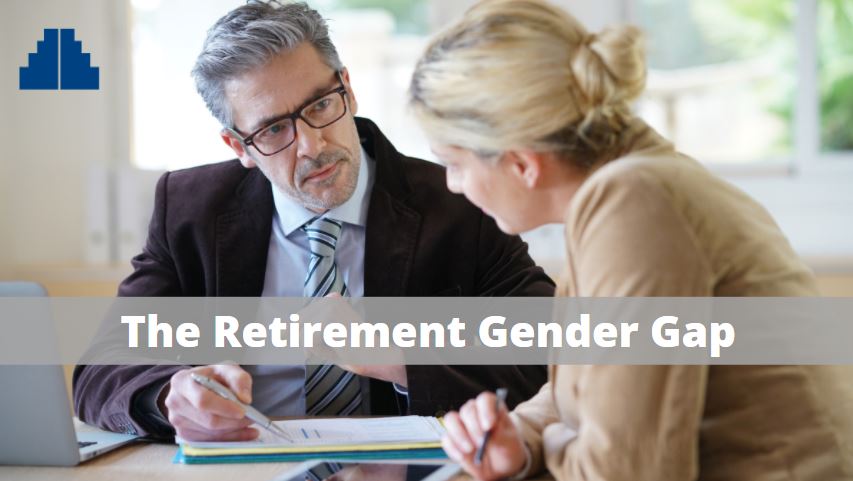
The Retirement Gender Gap
There has been a historical gap in earnings between men and women. No editorializing there, it’s just a fact. But while great strides have been made — and are still being made — toward gender equality, how does this translate into retirement planning?
The gender pay gap in the United States is the ratio of female-to-male average yearly earnings among full-time, year-round workers. The average woman's unadjusted annual salary has been cited as 78 percent to 82 percent of that of the average man’s. This means for every dollar that a man earns, a woman earns 78 – 82 cents. So, the gap is in fact closing from the often quoted gap where women only earn 75 cents for every dollar that their male counterparts earn. That’s not to say that 82 cents is an acceptable plateau and that we should all pack up our picket signs and walk away with our hats in our hands – not by a long stretch.
However, looking at the issue as just full-time pay differential is a very one-dimensional view. There are other factors to be considered here. Women tend to take out bigger loans to finance education, accept lower starting salaries than men, and usually take more time off for family reasons. Thus, debt follows women through life, often growing along the way with high-interest rates, which can certainly put a damper on a woman’s retirement.
Only about 25 percent of women feel very confident about their retirement planning decisions, whereas with men it is much higher — almost 60 percent. Another aspect that may be part of the equation is that more women said they felt they would have to work longer to ensure a comfortable retirement. And given life expectancy statistics nowadays, that is actually a real concern. Women tend to live longer than men.
On average, 60-year-old Americans can expect to live another 20 or 25 years, depending on their gender and other variables. And most seniors can also count on a couple of extra years free of disease and disability compared to 60-year-olds of just 15 years ago due to advances in the medical field, not only in corrective medicine but preventative medicine too.
Interestingly enough though, in a study where a financial professional assisted the people surveyed, the gender gap almost completely disappeared. Both men and women came in at about 75 percent confident. So, the lesson here is to educate yourself, ask a professional, and get some good advice. Both men and women benefit greatly from consulting a financial professional.
IMPORTANT DISCLOSURES
Material contained in this article is provided for information purposes only and is not intended to be used in connection with the evaluation of any investments offered by David Lerner Associates, Inc. This material does not constitute an offer or recommendation to buy or sell securities and should not be considered in connection with the purchase or sale of securities.
To the extent that this material concerns tax matters, it is not intended or written to be used, and cannot be used, by a taxpayer for the purpose of avoiding penalties that may be imposed by law.
Each taxpayer should seek independent advice from a tax professional based on his or her individual circumstances.
These materials are provided for general information and educational purposes based upon publicly available information from sources believed to be reliable– we cannot assure the accuracy or completeness of these materials. The information in these materials may change at any time and without notice.
David Lerner Associates does not provide tax or legal advice. The information presented here is not specific to any individual's personal circumstances. Member FINRA & SIPC.

